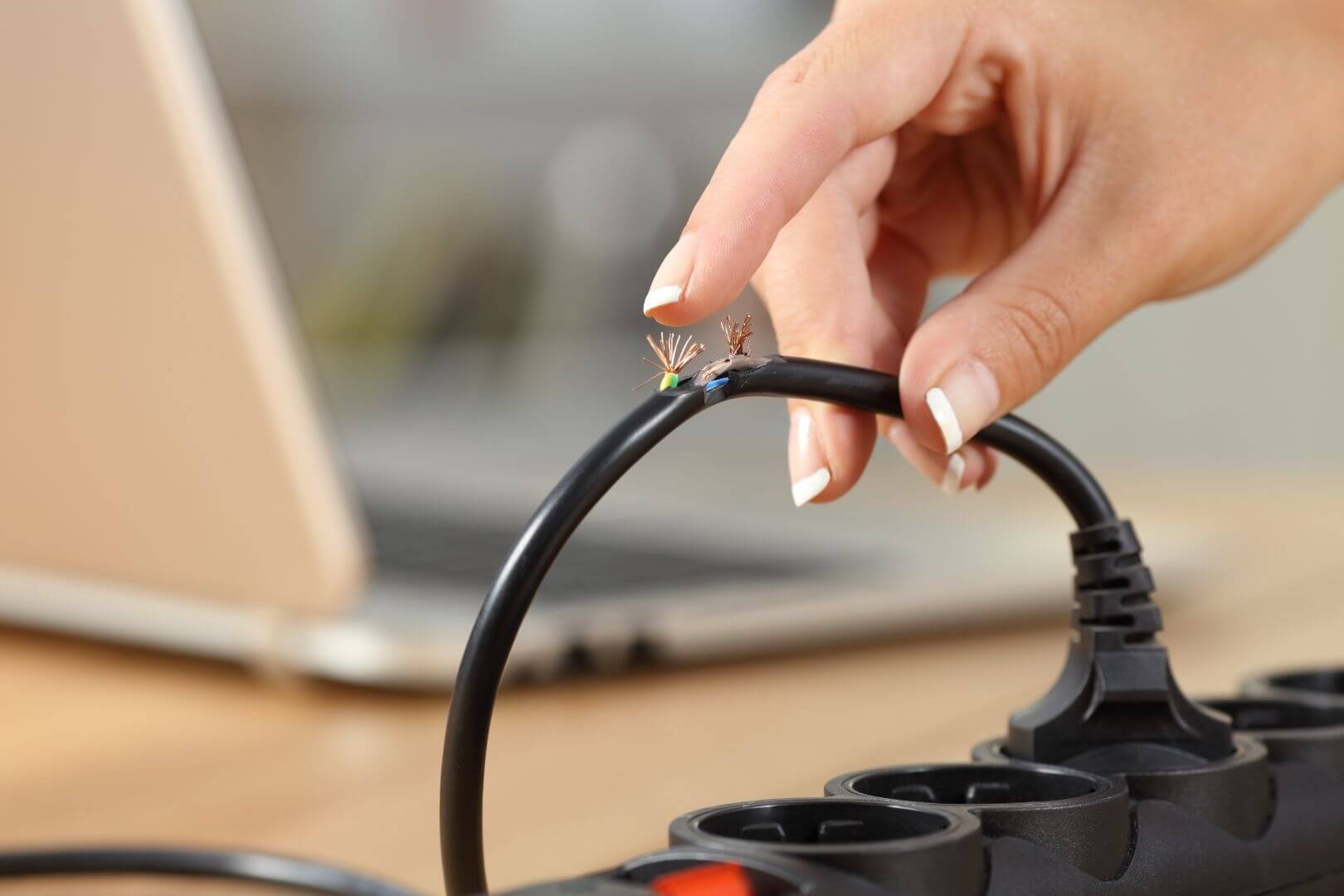- Thriving Guide
- Posts
- First Aid and Treatment for Electric Shock
First Aid and Treatment for Electric Shock
Learn how to respond quickly, recognize symptoms, and prevent future accidents at home or outdoors.

Electric shocks can range from mildly startling to life-threatening and knowing what to do in the moment can make all the difference. Whether it’s a child sticking fingers in a socket or someone coming into contact with a downed power line, electrical shock requires fast, careful action.
Here's a guide to understanding what happens during an electric shock, how to respond safely, and how to reduce the risk at home or outdoors.
What Is an Electric Shock?
An electric shock occurs when a live electrical current passes through the body, often due to direct contact with a power source. Depending on the voltage and path of the current, injuries can range from minor tingling to severe burns, cardiac arrest, or unconsciousness.
Common causes include:
Contact with downed power lines
Touching frayed appliance cords
Inserting objects into electrical outlets
Using appliances near water
Being struck by lightning
Signs and Symptoms to Watch For
Symptoms can vary depending on the intensity and path of the current. While some effects are immediate, others may not appear right away. Be on the lookout for:
Burns (entry and exit wounds)
Numbness or tingling
Muscle spasms or pain
Irregular heartbeat or palpitations
Breathing difficulty
Headache or confusion
Seizures
Loss of consciousness
Cardiac arrest
Even minor-looking shocks can cause internal damage. Always treat electrical injuries seriously.
First Aid for Electrical Shock
Never touch someone still connected to a live electrical source.
Here’s how to safely help a person who’s been shocked:
Assess the situation without touching the victim.
Call 911 immediately.
Turn off the electrical source if safe to do so. Use a non-conductive item like a wooden broom handle or plastic object to move wires away.
Once it's safe:
Check for breathing and pulse
Begin CPR if needed and trained
If conscious, lay the person flat with legs elevated to reduce shock
Do not treat burns or remove clothing wait for professional medical help
For lightning strikes or power line contact, outdoor scenes can be especially dangerous. Always ensure the area is safe before assisting.
When to Seek Medical Attention
Always contact a healthcare provider or call 911 if:
The person lost consciousness
There are signs of heart rhythm issues (fluttering, fast or slow heartbeat)
They are having trouble breathing
They show confusion, weakness, or muscle pain
There are visible burns, especially on the hands, feet, or head
A child or infant is involved
The shock came from high-voltage equipment or lightning
Even without obvious symptoms, internal injuries can occur. A medical exam is essential to rule out complications.
At-Home Treatment for Minor Electrical Shocks
If a minor household shock occurs and the person feels fine:
Call a healthcare provider for guidance
Monitor for delayed symptoms (numbness, headache, muscle weakness)
Treat minor burns only if directed never apply ointments or creams without medical advice
Watch for signs of infection around any skin injury
Preventing Electrical Shock at Home
Many shocks can be avoided with simple household safety precautions:
Cover all unused electrical outlets, especially around children
Avoid overloading outlets
Inspect cords regularly for wear and fraying
Keep electrical appliances away from water sources
Never use appliances with wet hands or while standing in water
Turn off the main circuit breaker when making repairs
For children, supervise closely and use outlet covers or tamper-resistant receptacles.
Outdoor Electrical Safety Tips
Staying safe outdoors involves both awareness and prevention:
Report downed power lines never approach them
Don’t walk or drive through standing water near electrical hazards
If a power line lands on your car:
Stay inside
Call emergency services
Exit only if the vehicle catches fire (jump clear, never touch the car and ground at the same time)
Only operate generators using approved disconnect devices—improper use can cause fires or deadly backfeeding of electricity
Don’t attempt to restore power to wet electrical systems—have an electrician inspect it first
Final Word
Electric shock is unpredictable but with fast action and the right knowledge, you can help protect yourself and others. If you’re ever unsure after a shock, err on the side of caution and seek medical care. The long-term risks of untreated electrical injury are real and preventable.
If you found this guide useful, share it with others or subscribe to our newsletter for more expert-backed safety and health tips.